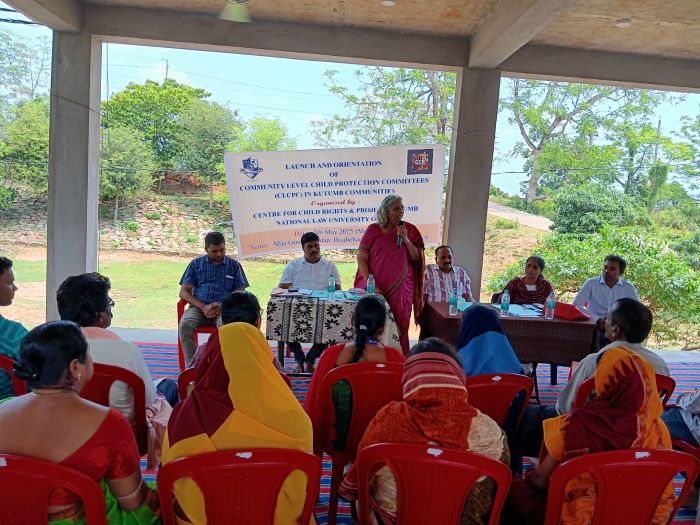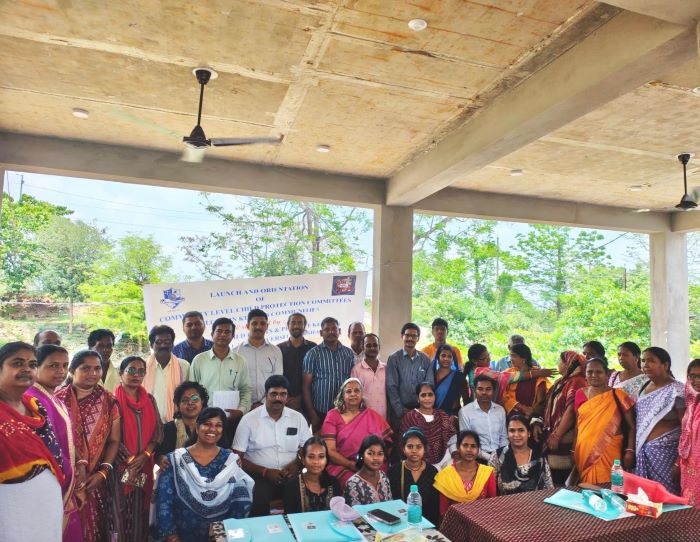A shift from peasant politics to elite capture has given rise to a new era of influence in Bangladesh. It is a new Kleptocracy in the South Asian nation that has yet to emerge from a political upheaval.
By Bijoy Patro
Bangladesh’s powerful lobbies, elites and corporate interests thwart tax reforms, according to a white paper on the state of the economy presented by the finance advisor to the chief advisor of country’s interim government. This, the authors of the white paper say, points to a complex political economy that sees powerful lobbies, political elites and corporate interests oppose changes to the status quo that has limited the mobilisation of domestic resources by slowing the pace of planned reforms, according to the white paper on the state of the economy.
In Bangladesh today, the traditional boundaries between commerce and politics are becoming increasingly blurred. What once was a political arena dominated by nationalist leaders and middle-class ideologues has, over the decades, morphed into a domain where business elites call many of the shots. Their growing grip over the country’s politics is not incidental; it is a well-strategised manoeuver, bolstered by the intertwining of economic and political interests at the highest levels. This feature explores the historical trajectory, current realities, and future implications of the business elite’s expanding influence on Bangladesh’s political landscape.
Bangladesh’s political origins are steeped in middle-class and peasant movements. The 1971 Liberation War was largely led by urban, educated professionals who envisioned a just and equitable society. However, as noted by anthropologist Manzurul Mannan, the ruling class has evolved drastically since then. Today’s political elite increasingly comprises powerful business families and corporate magnates, many of whom have deep personal and financial ties to political parties.
This shift has not happened overnight. The liberalisation policies of the late 1980s and 1990s opened new economic avenues, enabling a class of entrepreneurs to amass unprecedented wealth. With weak institutions and rampant corruption, money soon became the quickest pathway to political influence. Business leaders, realising the benefits of policymaking powers, began directly investing in political careers. They began funding campaigns, forging alliances, and in many cases, running for office themselves.
The Direct Entry of Business into Politics
Today, business leaders in Bangladesh no longer merely support politicians from the sidelines; they are the politicians. According to Bangladesh’s Centre for Policy Dialogue (CPD), there has been a clear rise in the number of wealthy businesspersons occupying seats in the Jatiya Sangsad (National Parliament). Former presidents of influential bodies like the Federation of Bangladesh Chambers of Commerce and Industry (FBCCI) have successfully transitioned into politics, securing key positions.
This direct political engagement ensures that business interests are well-represented – if not prioritised – at the policymaking level. The implications are profound: policies around taxation, land use, industrialisation, and labour rights increasingly favour large businesses, often at the expense of broader public welfare.
Elite Perceptions of Poverty: A Barrier to Inclusive Growth
The tax system in Bangladesh offers a vivid illustration of elite capture. Despite consistent economic growth, Bangladesh’s tax-to-GDP ratio remains one of the lowest in South Asia. Efforts to reform the tax system and introduce more progressive taxation have been systematically thwarted by elite lobbies. According to a detailed report in The Daily Star newspaper, corporate lobbies and powerful associations regularly influence policymakers to retain favourable tax rates, exemptions, and loopholes.
Instead of taxing wealth and corporate profits adequately, the government relies heavily on indirect taxes like VAT, which disproportionately burden the poor and middle class. Moreover, the rampant use of Statutory Regulatory Orders (SROs) offers custom-tailored tax breaks to select industries or businesses, effectively institutionalising favouritism.
A CPD study estimates that in the fiscal year 2022-23 alone, Bangladesh lost over Tk 226,236 crore in potential revenue to tax evasion, underreporting, and avoidance schemes – many of them protected by political patrons.
The growing power of business elites has serious ramifications for poverty alleviation strategies. Research by the Institute of Development Studies (IDS) found that Bangladeshi elites tend to view poverty in paternalistic terms – a problem that requires charity rather than systemic change.
Rather than focusing on structural reforms like land redistribution, minimum wage enforcement, or comprehensive public health initiatives, elite-backed policies often favour incremental programmes in education or microfinance. While these have value, they are insufficient to bridge Bangladesh’s staggering inequality gap.
This detachment also explains why urgent issues like worker rights in the garment sector or rural unemployment receive lukewarm policy attention. When governance is driven by business interests, systemic poverty often remains a secondary concern.
The Entrenchment of a Kleptocratic State
Bangladesh’s rapid economic growth has been celebrated internationally, but beneath the success lies an uncomfortable reality: the consolidation of a kleptocratic elite. According to the CPD, bureaucrats, politicians, and businessmen have collaborated to transform parts of the state machinery into mechanisms for private wealth accumulation.
Today, approximately 10 per cent of Bangladesh’s population controls 85 per cent of its wealth. Corruption scandals, from banking sector collapses to large-scale embezzlement of development funds, have repeatedly implicated top business figures with close political ties. With weak regulatory bodies and compromised judicial institutions, accountability remains elusive.
Public procurement processes, land allocation, and large-scale infrastructure projects are routinely rigged in favour of politically connected businesses. As a result, wealth circulates within a narrow elite circle, while social mobility for the majority stagnates.
Political patronage has become an indispensable tool for business elites. Securing party nominations, financing electoral campaigns, and maintaining loyalty networks among bureaucrats ensures not only protection but lucrative returns in the form of government contracts, import licenses, and favourable regulations.
This patronage system undermines democratic competition. Candidates without substantial financial backing or elite connections find it nearly impossible to compete. Consequently, the National Parliament increasingly reflects the interests of industrialists, developers, and conglomerate owners, rather than a cross-section of Bangladeshi society.
The Double-Edged Sword of Elite Politics
There are growing calls for systemic reforms to address the disproportionate influence of business elites. Think tanks like CPD and civil society organisations are advocating for stricter campaign finance laws, mandatory asset declarations, and a more equitable tax regime.
International development partners have also begun emphasising governance reforms and transparency as prerequisites for continued support. However, meaningful change will require a robust civil society movement, capable of exerting consistent pressure on political elites.
Moreover, strengthening institutions such as the Anti-Corruption Commission (ACC), the Election Commission, and the judiciary is critical. Without autonomous oversight bodies, efforts to curb elite capture will remain largely symbolic.
The increasing fusion of business and politics in Bangladesh is a double-edged sword. On one hand, it brings managerial expertise, efficiency, and investment acumen into governance. On the other hand, it risks prioritising private profits over public welfare, hollowing out democratic accountability, and entrenching inequality.
Experts say that if Bangladesh is to achieve its ambition of becoming an upper-middle-income country by 2031, it must confront the growing dominance of business elites in its political system. Only by restoring the integrity of democratic institutions and ensuring inclusive policymaking can the nation realise the full potential of its hard-earned economic growth.
Image: Chatgpt













